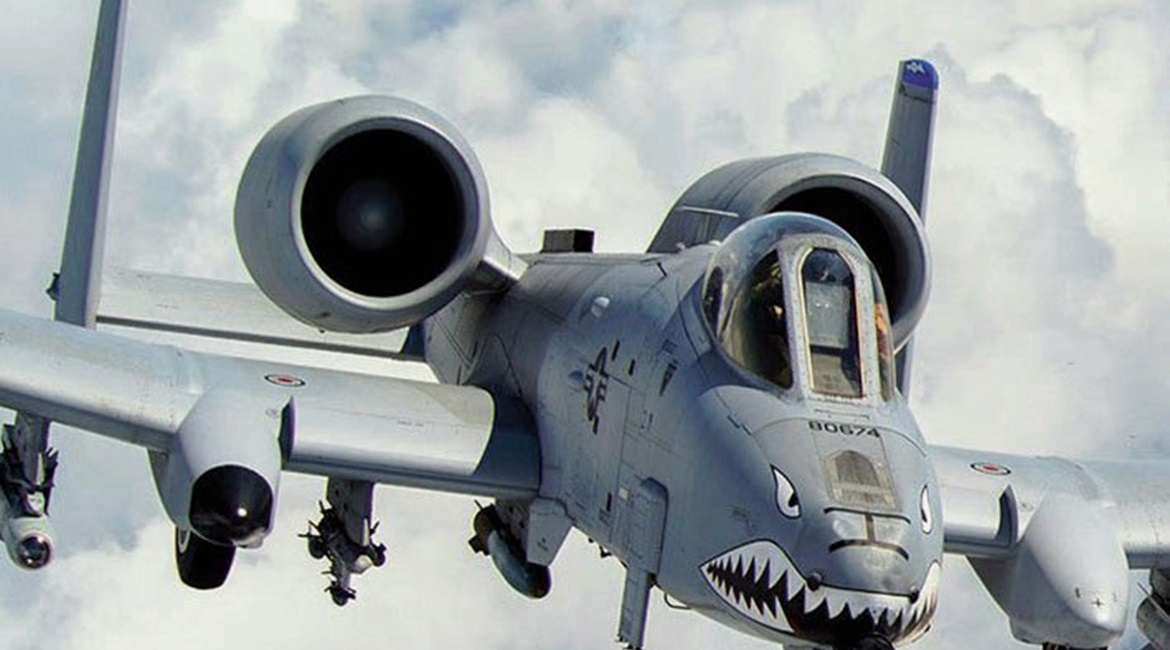
The US Air Force (USAF) is considering divesting legacy capabilities and platforms that do not fit with its plans for success in future warfare, according to the service’s top civilian.
Acting Secretary Matthew Donovan said on 4 September that this approach to divestment has been approved by Secretary of Defense Mark Esper. Esper, Donovan said, has set the Pentagon to look for ways to divert funds from programmes that do no have as much value as programmes that increase critical warfighting capabilities.

The A-10 could be targeted for cuts once again as the US Air Force declared it is leading the way on “bold and likely controversial changes” to its future budgets in preparation for near-peer competition. (US Air Force)
Donovan said that Esper’s guidance says no reform is too small, too bold, or too controversial to be considered. The USAF is following this guidance.
“The US Air Force is leading the way of bold and likely controversial changes to our future budgets,” Donovan said at a Defense News Conference. “We need to shift funding and allegiance from legacy programmes we can no longer afford due to their incompatibility with future battlefields.”
Ask for confirmation, Pentagon spokesperson Elissa Smith on 4 September deferred to the USAF, which did not return a request for comment prior to publication.
The USAF regularly considers ending legacy platforms such as the Fairchild-Republic A-10 Thunderbolt II close air support (CAS) aircraft when it feels these platforms do not suit its needs. But the USAF has signalled it is willing to cancel major systems such as the Northrop Grumman E-8 Joint Surveillance Target Attack Radar (JSTARS) recapitalisation effort in favor of conceptual efforts as it transitions to near-peer warfare against nations such as China and Russia.
Looking to read the full article?
Gain unlimited access to Janes news and more...




